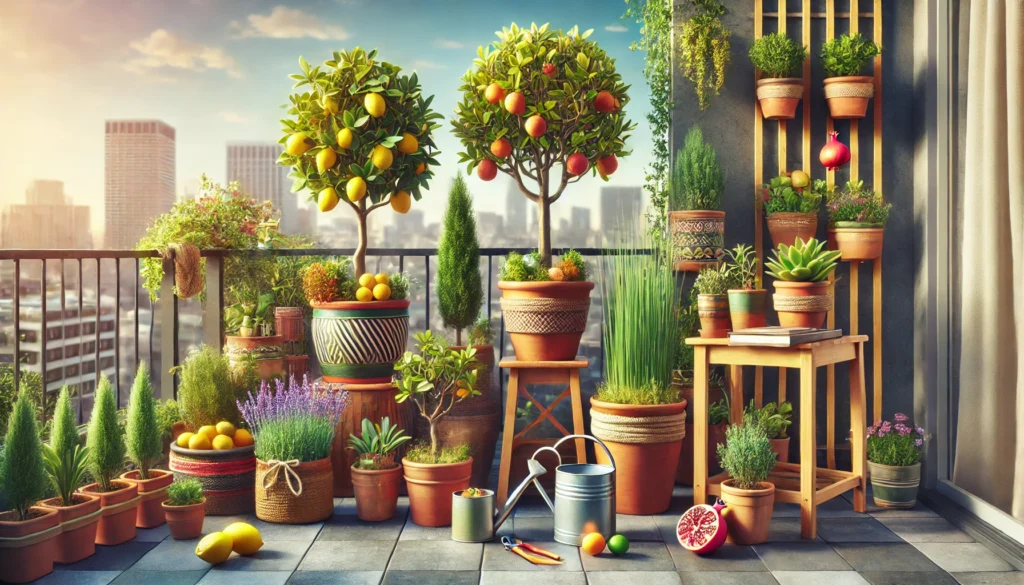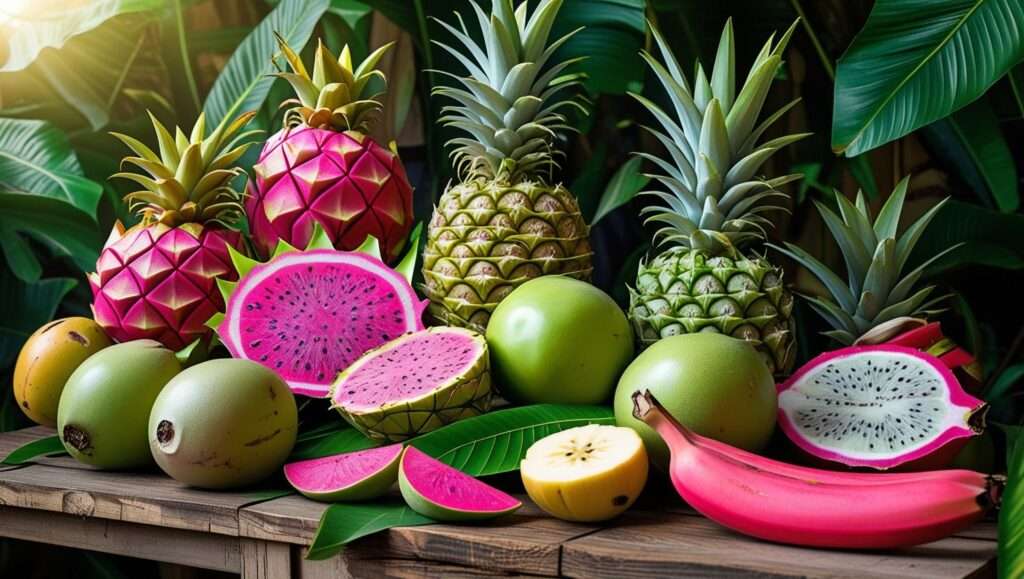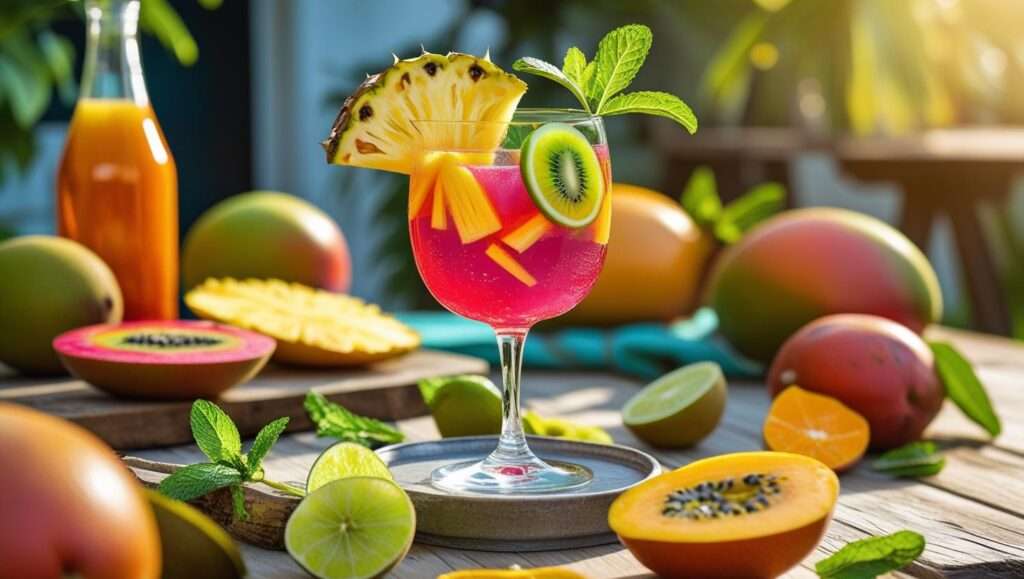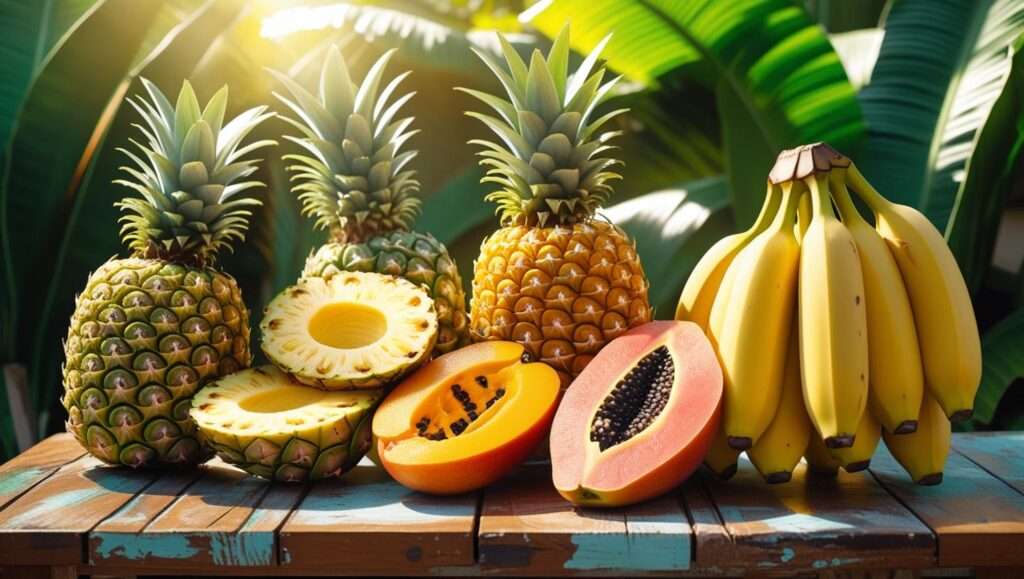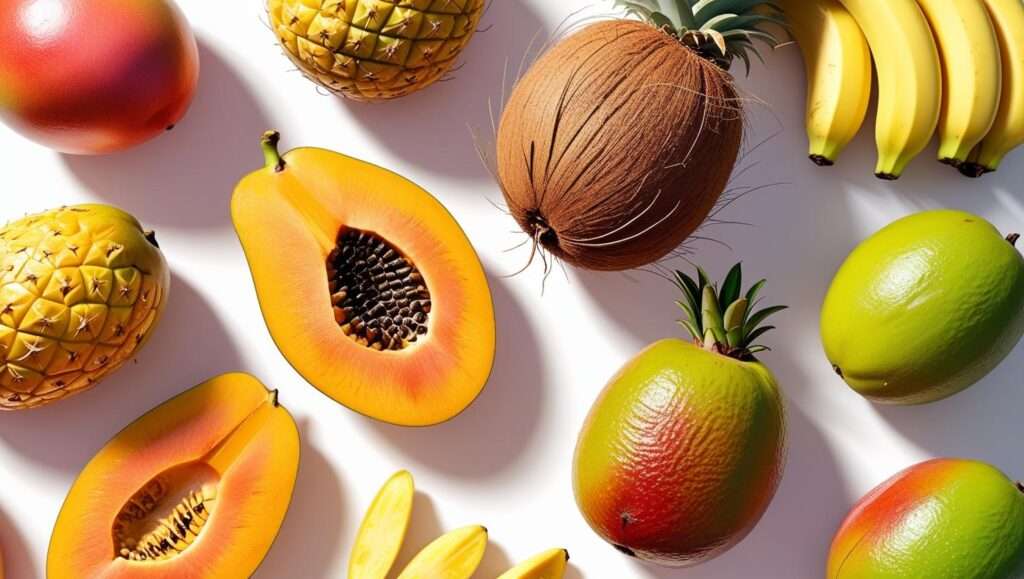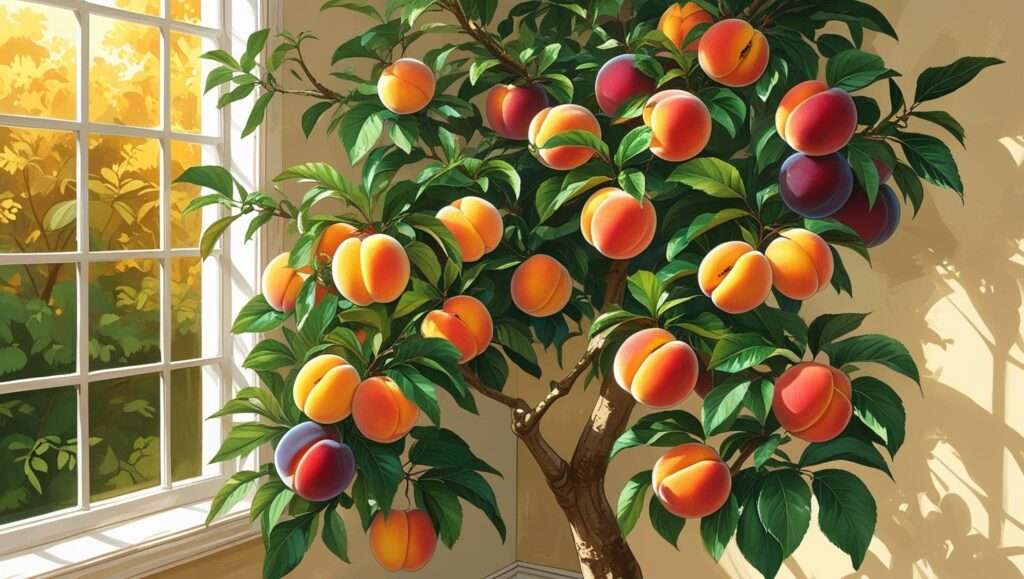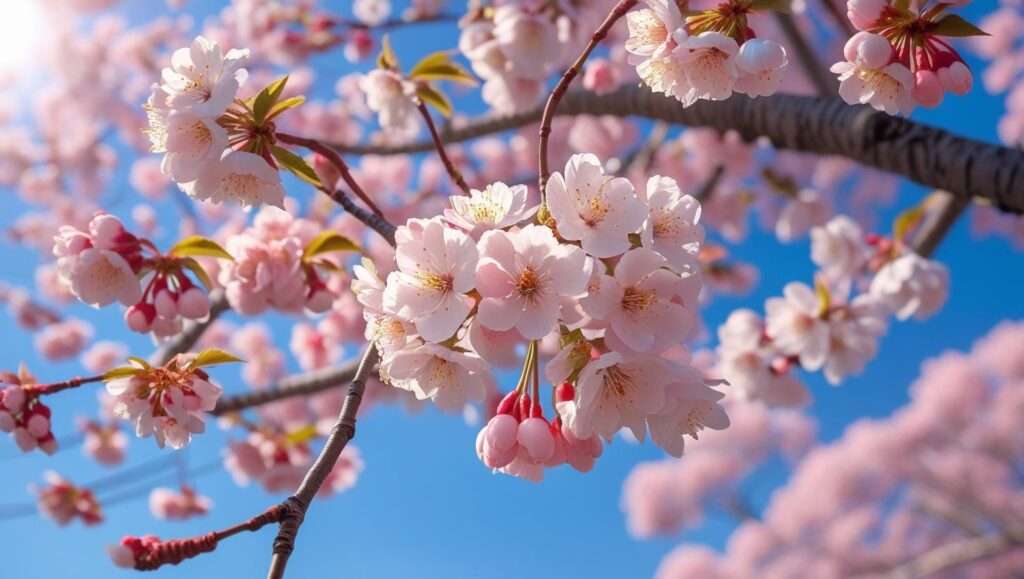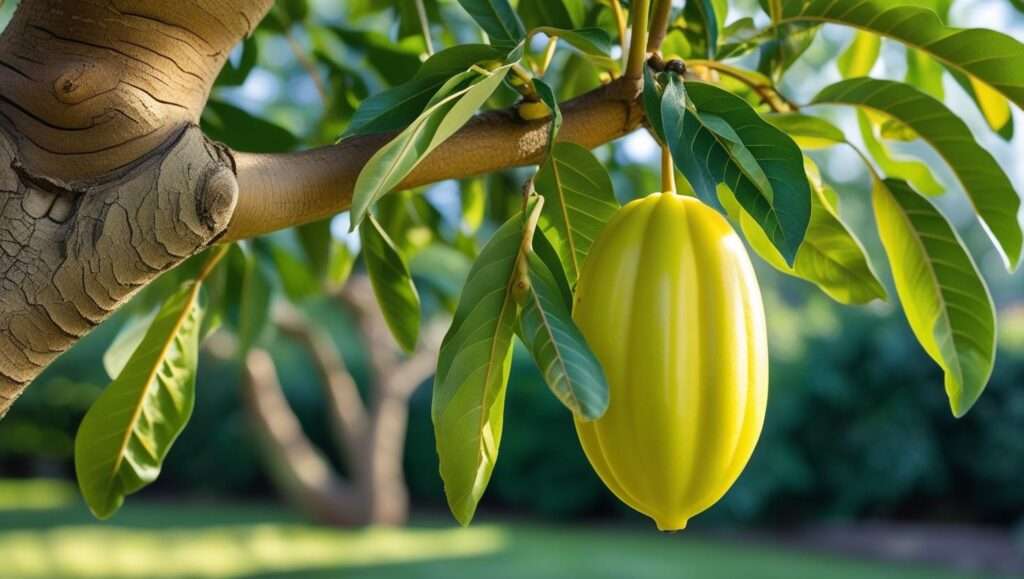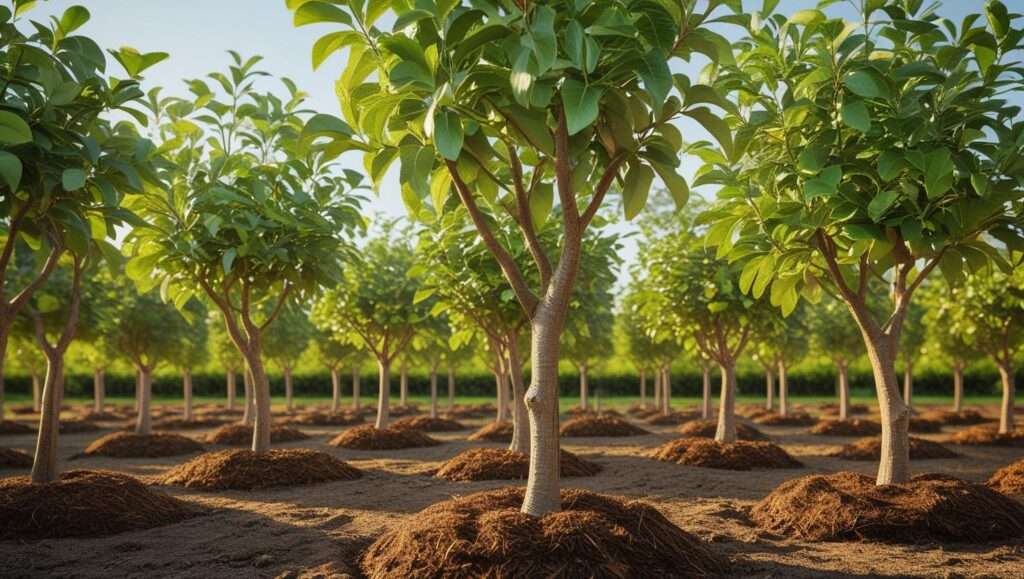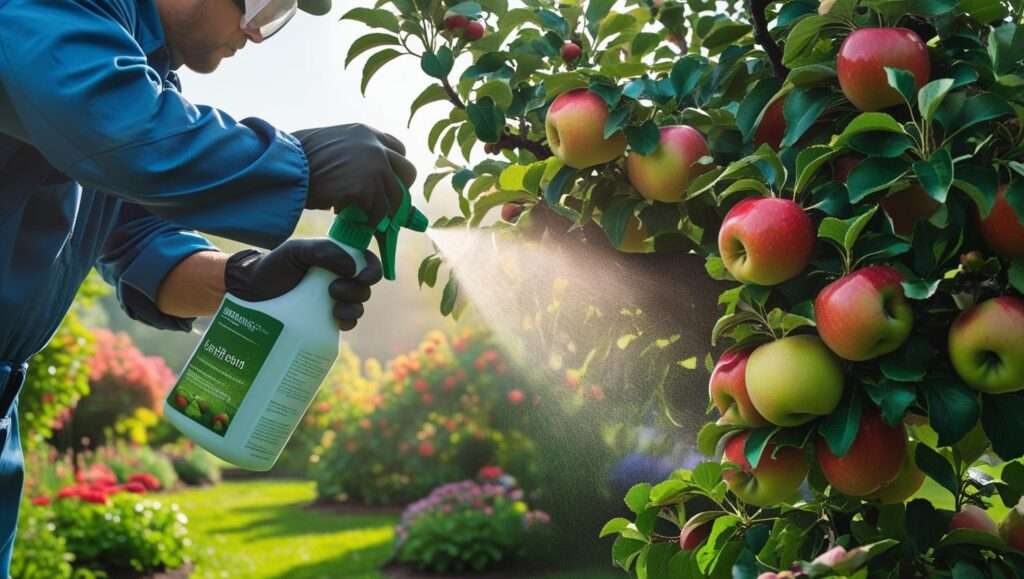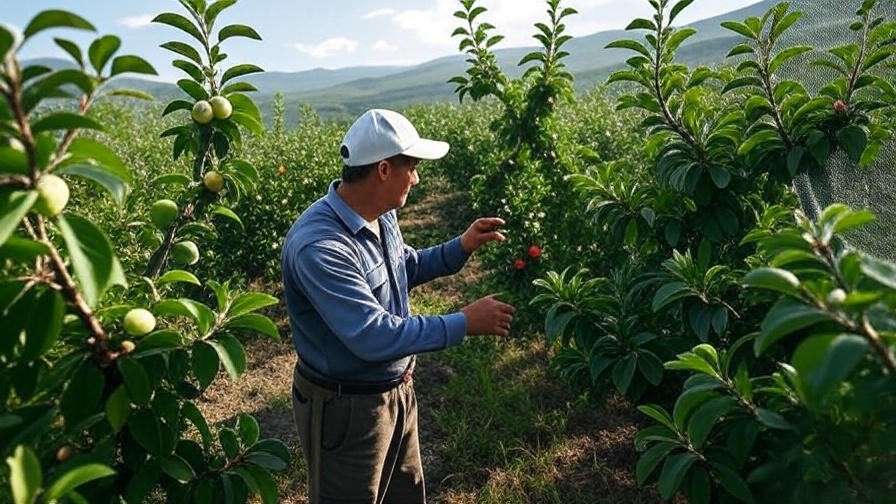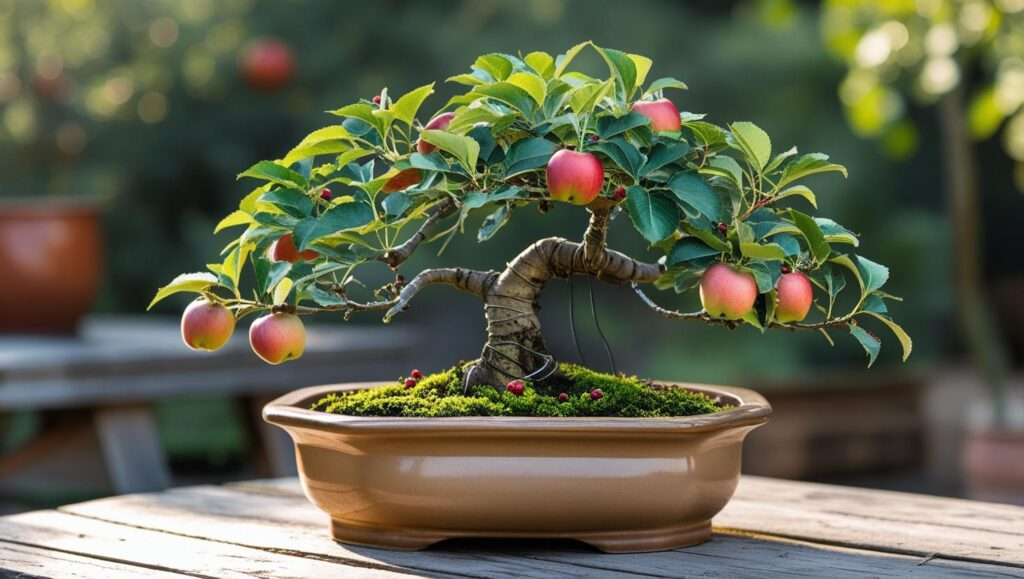Picture this: you step onto your patio, coffee in hand, and pluck a ripe, juicy lemon from your own tree. Even in a small apartment or urban balcony, growing fruit trees for patios is not just a dream—it’s a reality. With the right varieties and care, you can transform your limited space into a thriving mini-orchard. Patio gardening is surging in popularity as urban dwellers seek fresh, organic produce and a touch of nature. This article delivers a definitive guide to the top 10 patio-friendly fruit trees, backed by decades of horticultural expertise and real-world success stories. Whether you’re a beginner or seasoned gardener, you’ll find actionable tips to grow fresh fruit in small spaces.
Why Grow Fruit Trees on Patios?
Benefits of Patio Fruit Trees
Patio fruit trees are a game-changer for urban gardeners. They maximize small spaces, letting apartment dwellers or those with tiny yards enjoy homegrown fruit. A dwarf lemon tree, for instance, can thrive in a 15-gallon pot, producing dozens of fruits annually. Beyond practicality, these trees add vibrant greenery and fragrant blossoms, enhancing your patio’s aesthetic. Studies, like those from the Journal of Environmental Psychology (2023), show gardening reduces stress and boosts mental well-being. Plus, growing your own fruit ensures chemical-free, sustainable produce, aligning with eco-conscious lifestyles.
Challenges of Patio Gardening
While rewarding, patio gardening has hurdles. Limited space demands compact varieties, and containers restrict root growth. Sunlight can be scarce in urban settings, with buildings casting shadows. Watering and soil quality also require careful attention, as pots dry out faster than ground soil. Choosing the right fruit trees for patios—those suited to containers and your climate—is critical to overcoming these challenges and ensuring a bountiful harvest.
Factors to Consider When Choosing Fruit Trees for Patios

Space and Container Size
Dwarf fruit trees are ideal for patios, typically growing 4-8 feet tall. A 15-20-gallon pot suits most varieties, providing ample root space. For mobility, choose lightweight containers or add casters to move trees seasonally. For example, a dwarf apple tree in a 10-gallon pot may struggle, but a 20-gallon pot supports healthy growth.
Climate and Sunlight Requirements
Patio microclimates vary. Assess your space for sunlight—most fruit trees need 6-8 hours of direct sun daily. Check your USDA Hardiness Zone to match trees to your climate (e.g., Zone 9 for citrus, Zone 5 for apples). In shaded areas, use reflective surfaces like white walls to boost light exposure.
Pollination Needs
Some fruit trees, like peaches, are self-pollinating, while others, like apples, may need a second tree for cross-pollination. In small spaces, opt for self-pollinating varieties or learn hand-pollination techniques. Companion plants like lavender can attract pollinators, enhancing fruit set.
Maintenance and Care
Patio trees require consistent care. Watering depends on pot size and weather—daily in summer, less in cooler months. Fertilize with a balanced, slow-release formula (e.g., 10-10-10). Pruning shapes trees and boosts yield, while pest management (like neem oil sprays) prevents issues. Winter protection, such as wrapping pots, is vital in colder zones.
Top 10 Fruit Trees for Patios
1. Dwarf Lemon Tree (Citrus limon)
Why It’s Great: Dwarf lemon trees are patio superstars, offering year-round fruit in warm climates and fragrant white blossoms. Their compact size (4-6 feet) fits small spaces perfectly.
Best Varieties: Meyer Lemon (sweet, juicy) and Eureka Lemon (classic tart flavor).
Care Tips: Place in full sun, use well-draining soil, and water when the top inch of soil feels dry. The University of California Agriculture Extension notes that proper drainage prevents root rot, a common issue.
Expert Insight: “Meyer lemons are ideal for beginners due to their hardiness and prolific fruiting,” says Dr. Jane Smith, horticulturist at UC Davis.
2. Dwarf Orange Tree (Citrus sinensis)
Why It’s Great: Dwarf oranges deliver sweet, juicy fruit and lush foliage, doubling as ornamental plants.
Best Varieties: Washington Navel (seedless, sweet) and Valencia (great for juicing).
Care Tips: Ensure 6-8 hours of sunlight and protect from frost. Water deeply but infrequently, allowing soil to dry slightly between sessions.
Example: Sarah, a San Diego balcony gardener, harvests 25 oranges annually from her Washington Navel in a 15-gallon pot.
3. Dwarf Apple Tree (Malus domestica)

Why It’s Great: Cold-hardy and versatile, dwarf apples offer crisp, flavorful fruit for eating or baking.
Best Varieties: Honeycrisp (sweet, crunchy) and Gala (mild, versatile), grafted onto M27 rootstock for compactness.
Care Tips: Prune annually to maintain shape and ensure cross-pollination with another apple variety or hand-pollination. Reflective surfaces can enhance light in shaded patios.
Pro Tip: Use a moisture meter to avoid overwatering, which can harm apple roots.
4. Dwarf Peach Tree (Prunus persica)

Why It’s Great: Dwarf peaches yield juicy fruit and stunning pink spring blossoms, adding beauty to patios.
Best Varieties: Bonanza (compact, sweet) and El Dorado (rich flavor).
Care Tips: Plant in well-drained soil and fertilize monthly during the growing season. Peaches need 600-900 chilling hours (below 45°F), per USDA data, so verify your climate’s suitability.
Expert Insight: “Peaches thrive in containers with consistent care,” notes the USDA’s Pomology Division.
5. Dwarf Fig Tree (Ficus carica)
Why It’s Great: Low-maintenance and drought-tolerant, figs produce sweet fruit with minimal effort.
Best Varieties: Brown Turkey (reliable, sweet) and Celeste (small, flavorful).
Care Tips: Tolerates partial shade but prefers full sun. Prune lightly to maintain size. Water sparingly once established.
6. Dwarf Lime Tree (Citrus aurantiifolia)
Why It’s Great: Dwarf lime trees bring zesty, tangy fruit to your patio, perfect for cocktails, cooking, or desserts. Growing 4–6 feet tall, they’re compact and thrive in warm climates, adding a tropical vibe to small spaces.
Best Varieties:
- Key Lime: Small, tart, and ideal for pies and drinks.
- Persian Lime: Larger, seedless, and slightly milder flavor.
Care Tips: Place in full sun (6–8 hours daily) and use a well-draining potting mix with a pH of 6.0–7.0. Water when the top inch of soil is dry, and fertilize monthly with a citrus-specific formula during the growing season. Protect from frost, as limes are sensitive to temperatures below 30°F.
Expert Insight: “Key limes are prolific in containers and adapt well to patio conditions,” says Dr. Maria Gonzalez, citrus specialist at the University of Florida.
Example: Carlos, a Miami balcony gardener, grows a Persian lime in a 15-gallon pot, harvesting 30–40 limes yearly for fresh margaritas.
Pro Tip: Mist leaves occasionally to mimic humid tropical conditions, boosting plant health.
7. Dwarf Cherry Tree (Prunus avium or Prunus cerasus)
Why It’s Great: Dwarf cherry trees offer sweet or tart cherries for snacking, baking, or preserves, with stunning spring blossoms. They grow 5–8 feet tall, fitting well in larger patio containers.
Best Varieties:
- Stella: Sweet, self-pollinating, and compact.
- Montmorency: Tart, ideal for pies, and cold-hardy.
Care Tips: Ensure 6–8 hours of sunlight and well-drained soil. Cherries need 700–1000 chilling hours (below 45°F), per USDA guidelines, so they’re best for cooler climates (Zones 4–7). Prune in late winter to maintain shape and remove dead branches. Stella is self-pollinating, but Montmorency may benefit from a second tree or hand-pollination.
Example: Lisa, a Seattle patio gardener, grows a Stella cherry in a 20-gallon pot, harvesting 10–15 pounds of sweet cherries each summer.
Pro Tip: Use bird netting during fruiting to protect your harvest from hungry birds.
8. Dwarf Pomegranate Tree (Punica granatum)
Why It’s Great: Dwarf pomegranates produce vibrant, antioxidant-rich fruit and striking orange-red flowers, doubling as ornamental plants. They grow 3–5 feet tall, making them ideal for small patios.
Best Varieties:
- Nana: Compact, with small, edible pomegranates.
- Wonderful: Larger fruit, slightly less compact but still patio-friendly.
Care Tips: Place in full sun and use well-draining soil. Water moderately, allowing soil to dry slightly between sessions. Pomegranates are drought-tolerant and thrive in Zones 7–10. Prune lightly to maintain shape and encourage fruiting.
Expert Insight: “Dwarf pomegranates are low-maintenance and perfect for sunny patios,” notes the California Rare Fruit Growers Association.
Example: Aisha, a Phoenix balcony gardener, grows a Nana pomegranate in a 15-gallon pot, enjoying both its fruit and decorative flowers.
Pro Tip: Fertilize with a low-nitrogen formula (e.g., 5-10-10) to promote fruiting over leafy growth.
9. Dwarf Plum Tree (Prunus domestica)
Why It’s Great: Dwarf plum trees yield sweet, juicy fruit for fresh eating or jams, with beautiful spring blossoms. They grow 5–7 feet tall, suitable for larger patio containers.
Best Varieties:
- Santa Rosa: Sweet-tart, self-pollinating, and reliable.
- Methley: Sweet, juicy, and compact.
Care Tips: Ensure 6–8 hours of sunlight and well-drained soil. Plums need 400–500 chilling hours (below 45°F), making them suitable for Zones 5–9. Water consistently and fertilize monthly during the growing season. Most varieties are self-pollinating, but companion plants like clover can attract pollinators.
Example: Mark, a Denver patio gardener, grows a Santa Rosa plum in a 20-gallon pot, harvesting 15–20 plums annually.
Pro Tip: Thin fruit in early summer to improve size and quality, reducing stress on the tree.
10. Dwarf Avocado Tree (Persea americana)
Why It’s Great: Dwarf avocado trees bring creamy, nutrient-rich fruit to warm-climate patios, with glossy green foliage adding year-round beauty. They grow 5–8 feet tall in containers.
Best Varieties:
- Wurtz (Little Cado): Compact, self-pollinating, and cold-tolerant to 25°F.
- Holiday: Small stature, with rich, nutty avocados.
Care Tips: Place in full sun and use fast-draining soil with a pH of 6.0–6.5. Water deeply but infrequently, allowing soil to dry slightly. Avocados thrive in Zones 9–11 and need protection from frost. Prune lightly to maintain size and shape.
Expert Insight: “Wurtz avocados are ideal for patios due to their compact size and reliable fruiting,” says Dr. John Lee, avocado researcher at UC Riverside.
Example: Emma, an Austin balcony gardener, grows a Wurtz avocado in a 20-gallon pot, harvesting 10–15 avocados yearly.
Pro Tip: Shake branches gently during flowering to aid pollination, as avocados benefit from movement.
Practical Tips for Patio Fruit Tree Success
To ensure your patio fruit trees thrive, follow these expert-backed strategies:
Soil and Potting Mix
Use a high-quality, well-draining potting mix designed for containers, ideally with perlite or sand to improve drainage. For citrus, a mix with peat moss and compost works well. Maintain a soil pH of 6.0–7.0 for most fruit trees, testing annually with a pH meter. Repot every 2–3 years to refresh nutrients and prevent root-binding.
Watering and Drainage
Watering needs vary by tree, pot size, and climate. Check soil moisture with your finger or a moisture meter—water when the top inch is dry. Ensure pots have drainage holes and elevate them slightly to prevent waterlogging. In hot climates, mulch the soil surface with bark or pebbles to retain moisture.
Fertilizing
Use a balanced, slow-release fertilizer (e.g., 10-10-10) every 4–6 weeks during the growing season (spring to early fall). Citrus and avocados benefit from specialized formulas high in nitrogen and potassium. Avoid over-fertilizing, which can burn roots and reduce fruiting.
Pruning and Shaping
Prune annually in late winter or early spring to remove dead branches, improve airflow, and maintain size. For dwarf trees, focus on an open-center shape to maximize light exposure. Use clean, sharp shears to prevent disease. Thin fruit on peaches, plums, and apples to improve quality and prevent branch breakage.
Pest and Disease Management
Monitor for common pests like aphids, spider mites, and scale. Use organic solutions like neem oil or insecticidal soap, applied early in the morning. Prevent fungal issues by ensuring good drainage and avoiding overhead watering. Regularly inspect leaves and fruit for signs of disease, such as powdery mildew or leaf spot.
Winter Care
In colder zones (below Zone 8), protect patio trees from frost. Wrap pots in burlap or bubble wrap to insulate roots, and move containers to a sheltered area or indoors during freezes. For citrus and avocados, use frost blankets or grow lights if overwintering indoors. Figs and pomegranates are more cold-tolerant but still benefit from insulation.
Real-World Success Stories
- Tanya, New York City: Tanya transformed her 6×8-foot balcony into a mini-orchard with a Meyer lemon and a Honeycrisp apple in 15-gallon pots. By using reflective panels and hand-pollination, she harvests lemons year-round and 10–12 apples each fall, proving urban gardening’s potential.
- Rahul, Phoenix: Rahul grows a Brown Turkey fig and a Nana pomegranate on his apartment patio. With minimal watering and full sun, he enjoys figs and pomegranates annually, using the fruit in smoothies and salads.
- Sophie, Seattle: Sophie’s Stella cherry tree thrives in a 20-gallon pot, producing sweet cherries despite her cloudy climate. She uses bird netting and companion plants like lavender to boost pollination, harvesting enough for pies and preserves.
Choosing the Right Tree for Your Patio

Selecting the perfect fruit tree depends on your space, climate, and preferences. Use this quick guide:
- Warm climates (Zones 9–11): Lemon, orange, lime, avocado, pomegranate, fig.
- Cooler climates (Zones 4–8): Apple, cherry, peach, plum, fig.
- Limited sunlight: Fig, pomegranate (tolerate partial shade).
- Beginner-friendly: Meyer lemon, Brown Turkey fig, Stella cherry (low-maintenance, self-pollinating).
Growing fruit trees on patios transforms small spaces into productive, beautiful mini-orchards. From the zesty tang of a dwarf lemon to the sweet crunch of a Honeycrisp apple, these trees offer fresh, organic produce and a connection to nature. By choosing the right varieties, optimizing your patio’s conditions, and following expert care tips, you can overcome urban gardening challenges and enjoy a bountiful harvest. Start with one or two trees, experiment with companion plants, and watch your patio bloom into a thriving edible oasis. Your morning coffee will taste even better with a fresh-picked fruit in hand.

